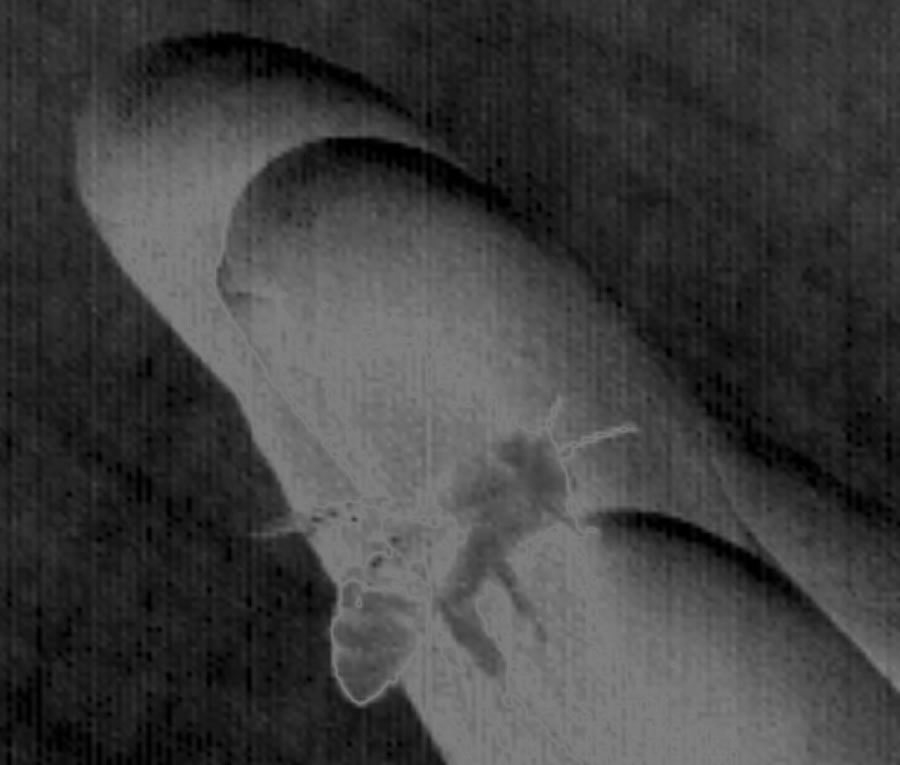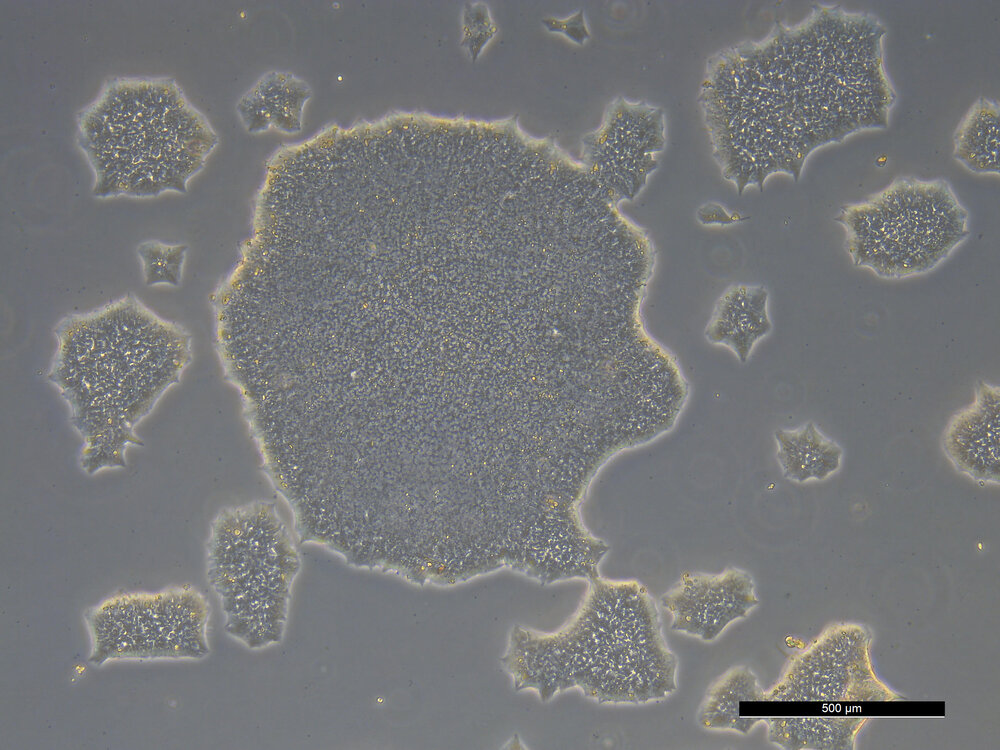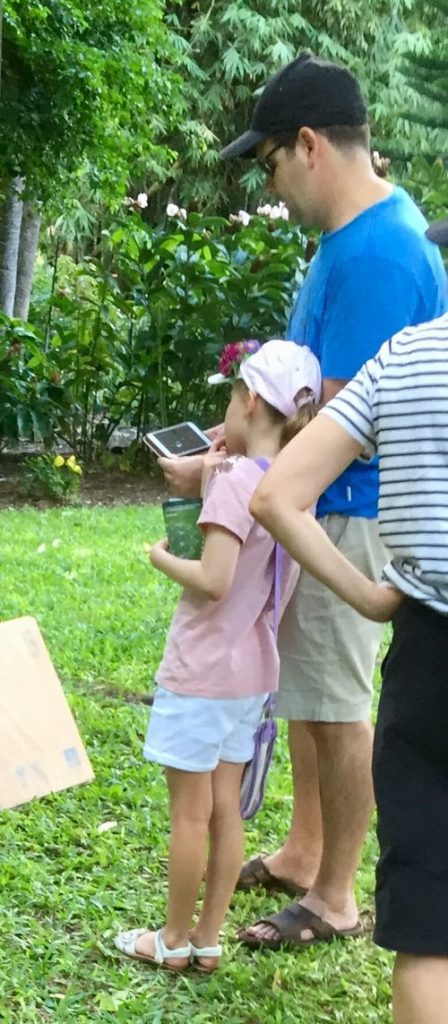April 23, 2013
is a form of mobile, locative art that explores unexpected parallels and intersections between communities of city dwellers and the behaviour of European honeybees.
In bringing together these two normally disparate worlds of honeybee and city dweller it highlights unforeseen moments of exchange, interspecies proximity combined with socio-cultural and ecological issues.
Participants download the movie: a space to cross on to their own ipad or iphone via QR codes accessed from notices posted at inner city venues. As they watch + listen to the movie, set against the urban backdrop, participants consider the layered relationship between humans and honeybees as they face closely linked issues. The video images of desperate honeybee responses, viewed against the backdrop of the rushing mass of the urban population, scurrying hither and thither created a scenario where both humans and honeybees exhibit mindless – possibly doomed – behaviours.
A space to cross includes documentary footage of aggressive honeybee behaviours collected during Adams residency with the Visual and Sensory Neuroscience group, Queensland Brain Institute. Contrary to their normally regulated and purposeful community behaviours, in this footage the aggressive honeybees exhibit apparently hectic desperation.
The video thus evokes a sense of foreboding, unease and entrapment that reaches beyond its original context to invoke both socio-cultural issues related to urban stresses and the endangered status of the honeybee itself.
The designated artwork website contains a project ‘app’ link and participant ‘comments’ section. Participants can post their responses to their varied viewing experiences on this designated URBAN SWARMING website portal. As their input is collected, an on-line community of participants will gradually build up – mirroring a swarming community of honeybees
>> View the mobile optimised version here
Honey bee footage credits:
Dr Niko Leibsch
Visual & Sensory Neuroscience Group
Queensland Brain Institute
The University of Queensland.
http://www.qbi.uq.edu.au/group-leader-srinivasan
Soundtrack by Roundhouse Creative: www.roundhouse.cc























